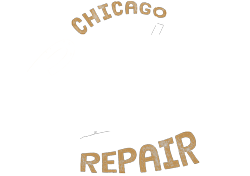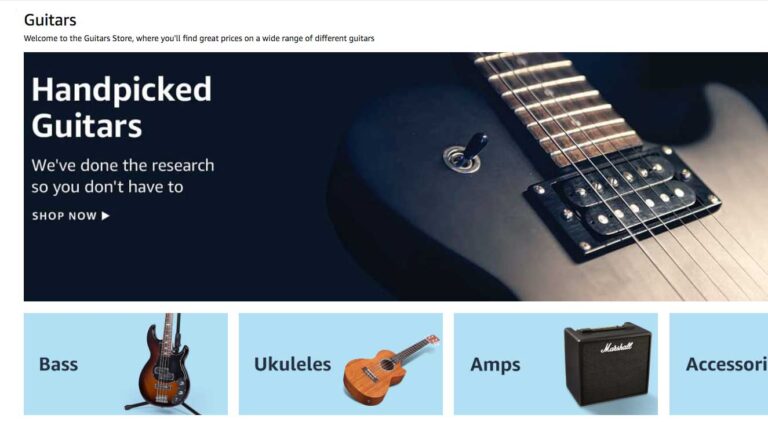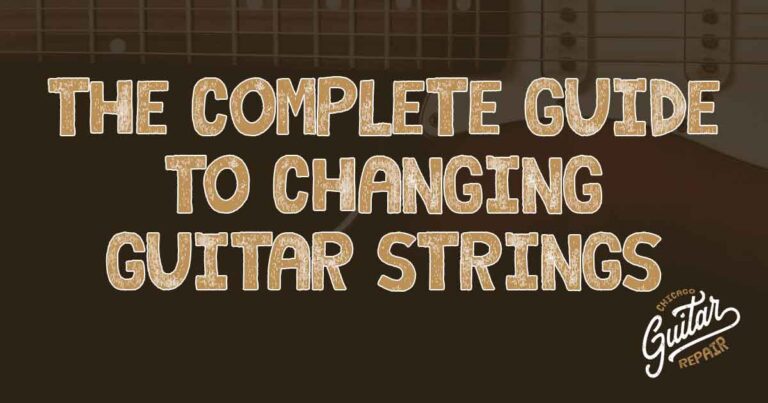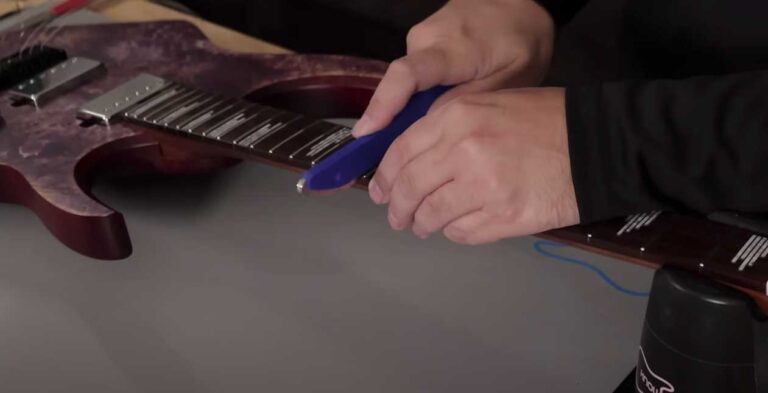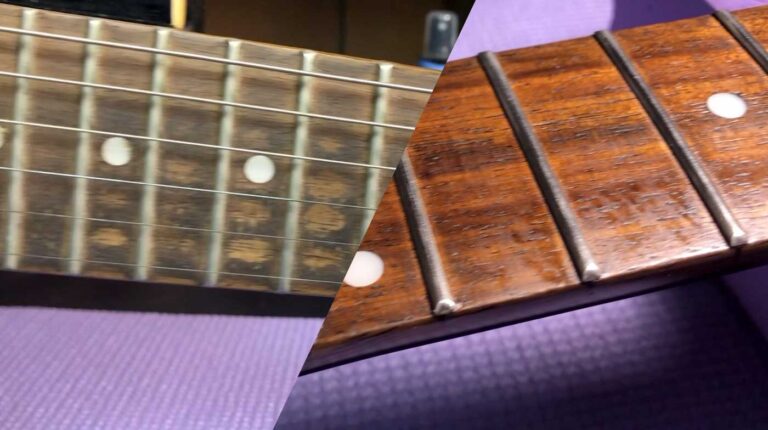Setting up your guitar is a crucial skill for any serious guitarist. Whether you’re chasing the perfect tone or aiming for optimal playability, the process involves a meticulous combination of measurements, adjustments, and a keen understanding of your instrument. In a recent in-depth discussion, two seasoned experts in the field shared their insights into the essential tools for guitar setup and the nuances of achieving the perfect balance.
Mastering Guitar Setup: Essential tools and Pro Tips
- The versatile 6-in rule is a preferred tool for measuring guitar action.
- The String Action Gauge is favored for its detailed measurements and cross-reference chart.
- Clear communication is key when teaching setup procedures, ensuring accurate execution.
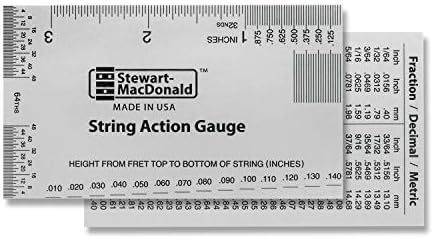
StewMac String Action Gauge and Ruler – Perfect Setup for Guitar, Bass, and More. Accurate Measurements with Stainless Steel Design.
StewMac String Action Gauge and Ruler is the go-to tool for achieving the perfect setup on your guitar, bass, or any stringed instrument. Developed by StewMac, this Swiss Army Ruler design ensures precise measurements, including string height, saddle depth, and more
Achieving Neck Straightness
- Straight Edge and Notched Straight Edge:
- The importance of a straight neck is emphasized for optimal playability and tone.
- Notched straight edge eliminates fret interference, providing a more accurate assessment.
- True straight edge essential for precise setup work.
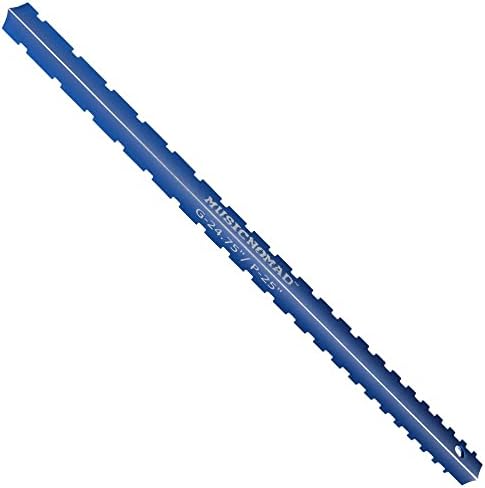
MusicNomad Tri-Beam 3 ‘n 1 Dual Notched Straightedge Luthiers Tool for Guitar Necks including Fender, Gibson, PRS (MN821) Musical Instruments
The MusicNomad Tri-Beam 3 ‘n 1 Dual Notched Straightedge is the ultimate diagnostic tool for guitar enthusiasts. With its innovative 3 ‘n 1 design, this precision instrument sets a new standard for notched straightedges.
Truss Rod Adjustment
- Choosing the Right Truss Rod Wrench:
- Discussion on various truss rod wrenches and their applications.
- Emphasis on using the right wrench for specific neck adjustments.
- Adjusting the truss rod is crucial for maintaining neck straightness.
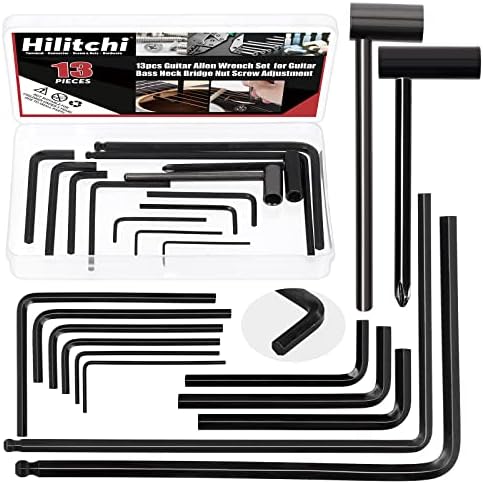
Guitar Allen Wrench Set – Essential Tools for Guitar Maintenance with Ball End, Hex Box, and Allen Wrenches
13Pcs Guitar Allen Wrench Set is the perfect solution for guitar maintenance enthusiasts. This versatile set includes ball end truss rod wrenches, pocket truss rod hex box wrenches, and allen wrenches, ensuring you have the right tool for every adjustment.
Bridge and Saddle Adjustment
- Precision in Bridge Action:
- Capo plays a vital role in setting the zero point during bridge and saddle adjustments.
- Specialized tools like the little Jack facilitate precise adjustments.
- Preferences in action height at the 13th-14th fret range discussed, especially for electric guitars.

D’Addario Accessories Guitar Capo – NS Tri Action – Buzz-Free Performance with 6-String Electric and Acoustic Guitars – Micrometer Tension Adjustment, Pick Holder, Black (PW-CP-09)
The D’Addario Accessories Guitar Capo – NS Tri Action is the ultimate solution for musicians seeking a reliable, buzz-free performance. Designed for 6-string electric and acoustic guitars, this capo features advanced Tri-Action geometry, reducing the force required to open and close, ensuring even tension across different neck profiles.
Perfecting Radius with Gauges
- Understring Radius Gauges:
- Capo and radius gauges ensure a proper curvature match between strings and fretboard.
- The importance of matching string radius to the fretboard for optimal playability.
- Preference for a slightly flatter radius at the bridge for bending notes.
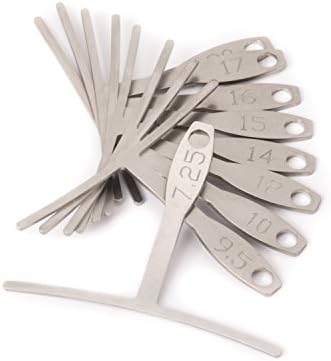
StewMac Understring Radius Gauge Tool Set – Accurate Guitar Setup with 9 Stainless Steel Gauges. Ideal for Precise Bridge Saddle Adjustment
Elevate your guitar setup with the StewMac Understring Radius Gauge Tool Set. This set of 9 stainless steel gauges is designed for precision in measuring fretboard radii and adjusting string saddle heights.
Coordination of Truss Rod and Action
- Interconnected Adjustments:
- Balancing truss rod, bridge, and nut adjustments for an equilibrium.
- Approach to achieving optimal playability and sound through interconnected adjustments.
- Individual preferences in setup, considering playing style and guitar condition.
Nut Adjustment Techniques
- Gauged Nut Files:
- Nut files are essential for adjusting nut slot height.
- Recommendations for matching file gauge to string gauge for precise work.
- Determining the right slot height using cut-off guitar strings as improvised feeler gauges.
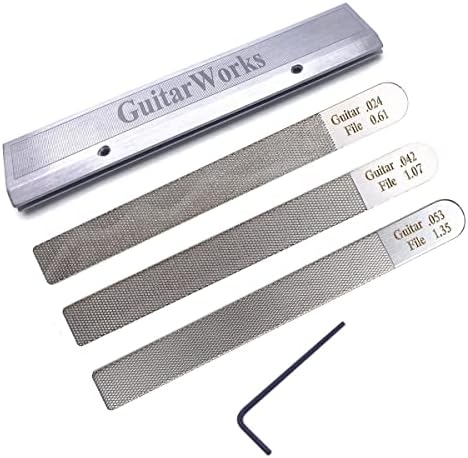
Guitar Nut Files for Precision Nut Slotting – Durable, Efficient, Perfect for Guitar Maintenance
Guitar Nut Files (.024-1.35) is the perfect solution for precision nut slotting in acoustic guitars. Made with durable chromium alloy steel, these files offer efficient and precise cuts, ensuring your strings seat properly without buzzing.
Setting Intonation with Tuner
- The Final Step is Setting Proper Intonation:
- High quality tuner is essential!
- Lengthen or shorten the overall string length to set proper tuning around the 13-14th fret.
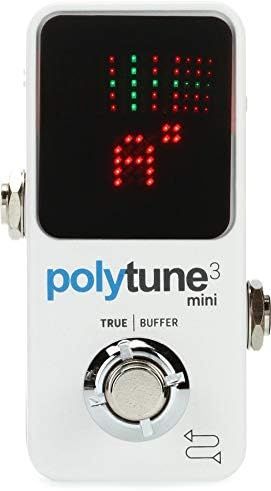
TC Electronic PolyTune 3 Mini – Precision Tuning for Guitarists with Polyphonic, Chromatic, and Strobe Modes
TC Electronic PolyTune 3 Mini stands as the go-to solution for guitarists seeking precise and swift tuning. Boasting polyphonic, chromatic, and strobe modes, it caters to diverse playing styles.
Traditions and Reliability
- Respecting Established Methods:
- Emphasis on using tools and methods rooted in guitar setup traditions.
- Consistent use of well-known terms and examples to convey reliability and respect for established practices.
Conclusion
- Crafting Your Perfect Setup:
- Guitar setup is a highly individual process, considering player style, guitar condition, and personal preferences.
- Continuous adjustments are needed to achieve equilibrium between neck relief, bridge action, and nut height.
TL;DR Section
- Mastering guitar setup involves precise measurements, adjustments, and understanding of the instrument.
- Key tools include the StewMac String Action Gauge and Ruler for accurate setup measurements.
- The MusicNomad Tri-Beam 3 ‘n 1 Dual Notched Straightedge is essential for checking neck straightness.
- Use a proper truss rod wrench, like the 13Pcs Guitar Allen Wrench Set, for truss rod adjustments.
- The D’Addario Accessories Guitar Capo – NS Tri Action aids in precise bridge and saddle adjustments.
- StewMac Understring Radius Gauge Tool Set ensures proper curvature match between strings and fretboard.
- Nut files, such as the Guitar Nut Files (.024-1.35), are crucial for adjusting nut slot height.
- Setting proper intonation with a high-quality tuner, like the TC Electronic PolyTune 3 Mini, is the final step.
- Coordination of truss rod, bridge, and nut adjustments is crucial for optimal playability and sound.
- Guitar setup is an individual process, requiring continuous adjustments for equilibrium between neck relief, bridge action, and nut height.
Unlock the secrets of guitar setup with insights from seasoned experts, and embark on a journey towards the perfect tone and playability. Remember, the road to mastery is paved with precision and dedication. 🎸✨
Note: This blog post focuses on the essential tools and techniques for guitar setup
